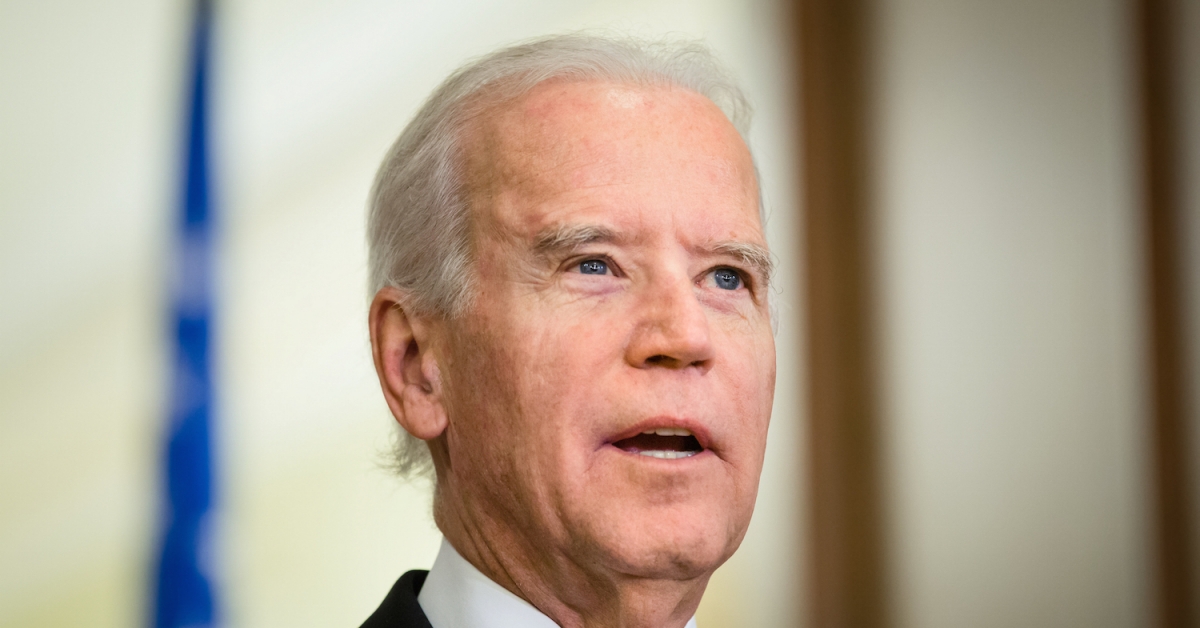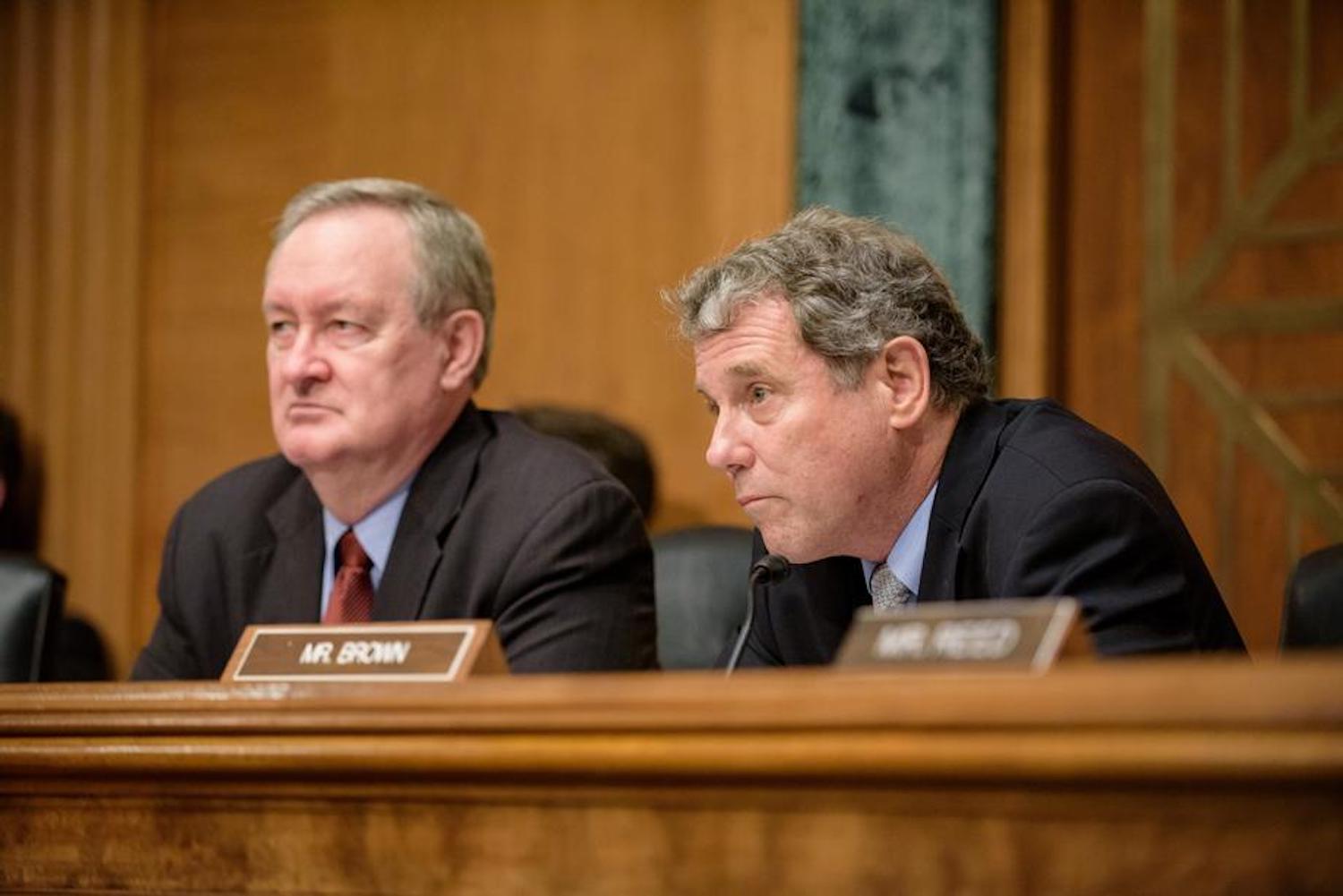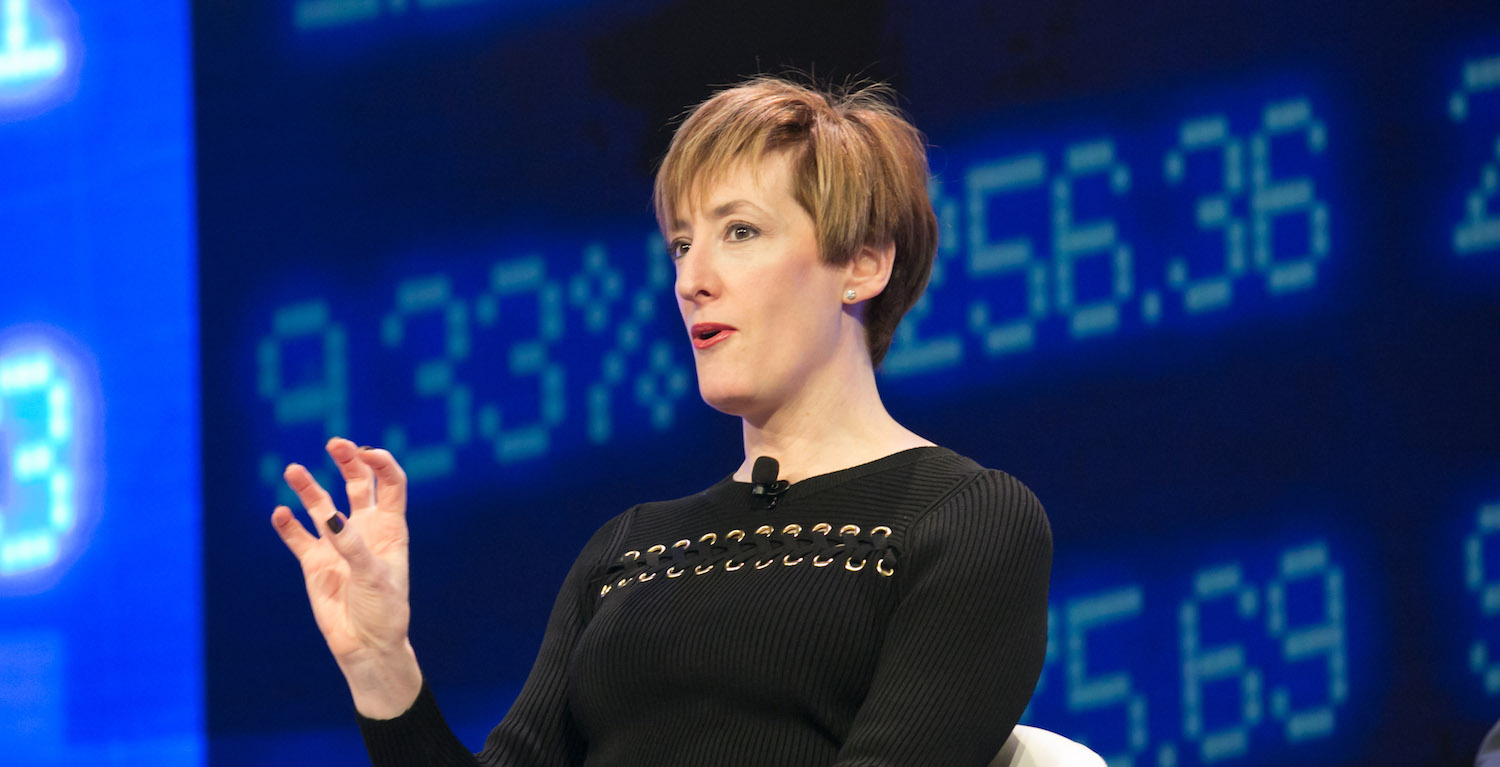Telegram’s TON Was Built on Sand. Its Failure Isn’t All Bad For Crypto
Telegram CEO Pavel Durov (Credit: TechCrunch/Wikimedia Commons)
Telegram’s TON Was Built on Sand. Its Failure Isn’t All Bad For Crypto
Two weeks ago, this column focused on Telegram’s litigation with the Securities and Exchange Commission (SEC). In that column, I argued Telegram’s TON and Kik’s kin strike me as not serving any functionality other than being a money substitute and an investment vehicle. Whether this is legally the case will depend on the outcome of the litigation. The SAFT structure used by Telegram to distribute its coins, “once regarded as compliance best practice in the cryptocurrency industry, will be greatly diminished in its usefulness in the U.S.”
We learn this week, not from a court filing but a blog post, that Telegram’s foray into the cryptocurrency world is finally over.
By way of background, the Telegram Open Network, or TON, was first announced in December 2017 during the peak of a truly insane bitcoin bull run that started with a single bitcoin costing around $1,000 and ended, in December 2017, with 1 BTC priced at nearly $20,000. Seeking to cash in, token issuers around the world began selling their own offerings into this rising market.
In late July of that year, the SEC published a paper, the “DAO Report of Investigation,” in which it said the sale of tokens directly to the public by that scheme (in 2015) likely constituted a securities offering, although it declined to take further action against the DAO and its promoters for these violations.
As a result, the market understood that, in the SEC’s view, most direct sales of pre-mined tokens to investors were also likely to constitute, and be regulated as, securities offerings. This was an earthquake in the cryptocurrency world that, at least up to that point, had no formal confirmation the SEC regarded so-called “initial coin offerings” as falling under its jurisdiction.
As a result, the law firm Cooley and hot crypto startup Protocol Labs developed a type of contract, known as the “Simple Agreement for Future Tokens” (SAFT). Essentially this is a forward contract allowing new projects to sell tokens to “accredited investors” in the U.S. pursuant to a private placement exemption. The theory around tokens sold in accordance with SAFT says that while prior to a network’s launch a contract for tokens that did not yet exist was not a security, the existence of a fully functional production blockchain network serving some useful purpose would allow the tokens transmitted thereon to not be considered an investment contract. In other words, it would be something akin to a software license.
Genuine technological progress that expands cryptocurrencies’ user base organically will become more important for adoption
In true crypto fashion, a white paper was published, template documents were released and blockchain projects everywhere began using the new SAFT instrument to raise funds in the private markets. Telegram’s TON network was one such project.
At the time, Telegram was a fast-growing, encrypted WhatsApp competitor popular in crypto circles (it still is, although one could argue it has been surpassed by Signal and Keybase among crypto diehards). It was also founded by Pavel Durov, the founder of “Russian Facebook” VK.
Accordingly, it ticked a lot of boxes for U.S. investment funds. Consequently, in the space of a few months, Telegram’s (pre-product, pre-revenue) investment round saw investors subscribe to a truly staggering $1.7 billion in SAFT notes – a sum larger than the GDP of Vanuatu, St. Kitts and Nevis or Grenada – and far more than is required to develop a blockchain network’s beta release.
The SEC, and ultimately a federal judge in the Southern District of New York, disapproved of Telegram’s approach to coin distribution and argued both the initial sale of SAFTs and the planned onward distribution of TON coins, known as “grams,” to public markets in the United States were, in effect, one and the same transaction and could not be bifurcated into a pre-launch, regulated investment contract and a post-launch, unregulated utility coin.
It was in this context we learned Telegram, after a brief, token (pun intended) show of defiance in the form of a proposed restructuring, is throwing in the towel. Telegram CEO Pavel Durov wrote:
Imagine that several people put their money together to build a gold mine – and to later split the gold that comes out of it. Then a judge comes and tells the mine builders:
Many people invested in the gold mine because they were looking for profits. And they didn’t want that gold for themselves, they wanted to sell it to other people. Because of this, you are not allowed to give them the gold.
If this doesn’t make sense to you, you are not alone – but this is exactly what happened with TON (the mine), its investors and grams (the gold). A judge used this reasoning to rule that people should not be allowed to buy or sell grams like they can buy or sell bitcoins.
Of course, U.S. law regulates pooled investments into gold mines such as those Durov describes, and has for the better part of 70 years, and at least ever since SEC v. W.J. Howey, Co. was decided in 1946 (creating the eponymous Howey test that determines whether securities laws apply to a sale of investable assets).
Durov’s parting shot criticizing the SEC concedes what most of us knew all along, and one of the limbs of the SEC’s case. It also contradicts Telegram’s own marketing at all times from 2017 until this week. See, e.g., a legal notice dated Jan. 6 of this year that states users “should NOT expect any profits based on your purchase or holding of grams,” and “Grams are intended to act as a medium of exchange… there should be NO expectation of future profit or gain from the purchase, sale, or holding of grams.”
Durov’s parting shot criticizing the SEC concedes what most of us knew all along, and one of the limbs of the SEC’s case
Durov’s blog post frames Telegram’s decision to call it quits in grandiose terms of a conflict between ossified and repressive state institutions of the past and a bold decentralized future. “You are fighting the right battle,” he writes, adding, “This battle may well be the most important battle of our generation. We hope that you succeed where we have failed.”
The reality, legally speaking, is a little more mundane.
The SEC’s regulatory perimeter is not infinite. It does not regulate Github repositories, decentralized cryptocurrencies or bitcoin, in the latter case at least if various public statements made by the SEC and its senior officials are to be believed. The SEC and equivalent state laws regulate securities, investment contracts and otherwise uncategorized investment schemes, generally speaking. Although we now know pre-selling tokens to investors in the U.S. is unlikely to pass regulatory muster in way that is practical for the ordinary cryptocurrency user, we also know that properly structured, proof-of-work releases of coins can potentially be done in a regulatory compliant fashion, with Bitcoin as our lodestar.
The fact that dev teams cannot raise vast quantities of funding upfront does not mean we in America can’t have a crypto ecosystem. It simply means we will have a different one than crypto investment funds and thought leaders expected, one where small, random projects will compete on equal terms with institutional players and well-capitalized companies that are now unable to pre-fund their products’ dominance.
Genuine technological progress that expands cryptocurrencies’ user base organically will become more important for adoption than a company’s fundraising ability or ability to airdrop vast quantities of coins on unsuspecting users of otherwise unrelated applications (see: Stellar and Keybase). On the whole, this is no bad thing.
Disclosure Read More
The leader in blockchain news, CoinDesk is a media outlet that strives for the highest journalistic standards and abides by a strict set of editorial policies. CoinDesk is an independent operating subsidiary of Digital Currency Group, which invests in cryptocurrencies and blockchain startups.









